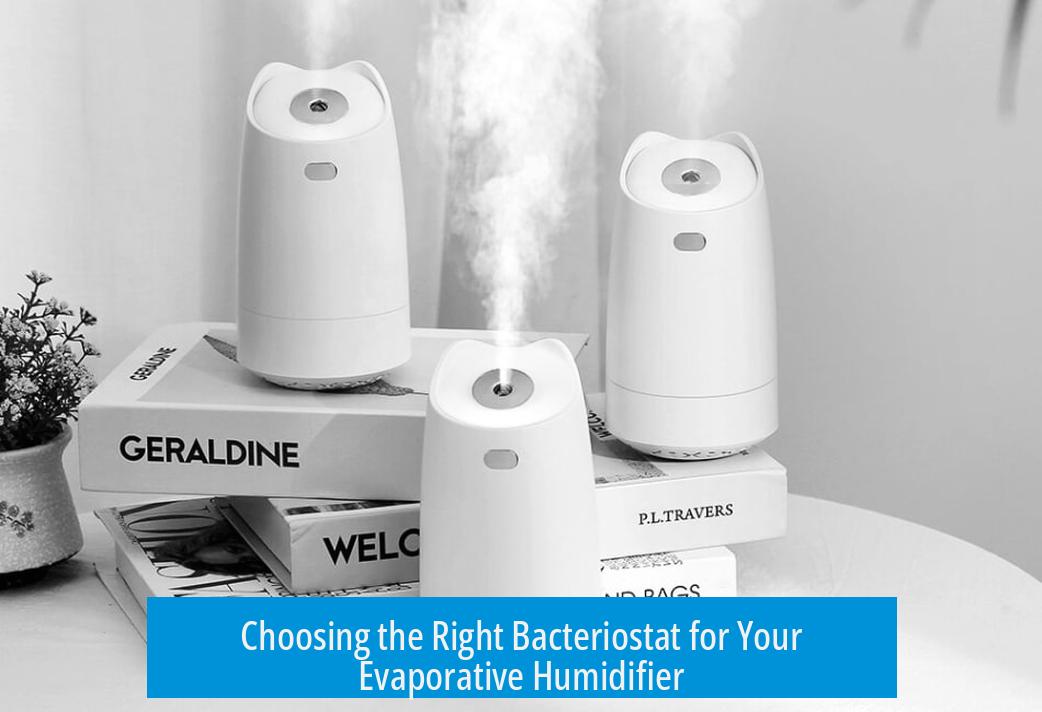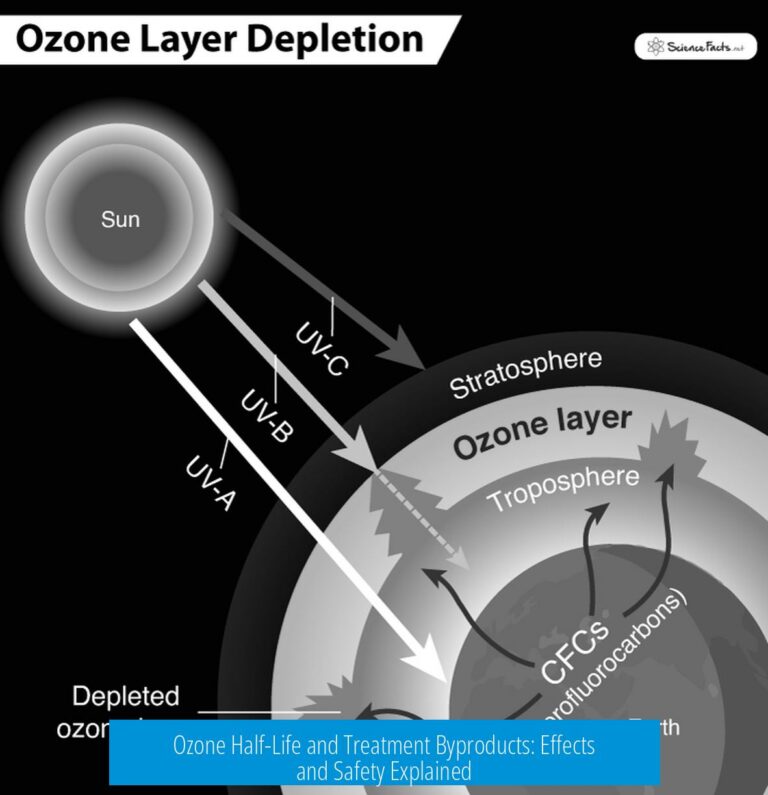Choosing a Bacteriostat for an Evaporative Humidifier
Selecting the right bacteriostat for an evaporative humidifier involves stopping microbial growth without releasing harmful chemicals into the air. Bacteriostats inhibit bacteria but do not kill them, providing long-lasting protection in water reservoirs. This contrasts with antimicrobials or biocides, which kill microbes quickly but are less persistent.
Understanding Bacteriostats Versus Biocides
Bacteriostats prevent bacteria from multiplying by interfering with their growth mechanisms. They maintain microbial control in humidifier water over extended periods. Antimicrobials and biocides, such as alcohol and quaternary ammonium compounds (QUATs), kill microbes rapidly but do not remain active long. These substances are unsuitable for continuous use in humidifiers because they can evaporate or degrade quickly.
Avoid Vaporizing Chemicals
Humidifiers disperse water vapor into the air and should never vaporize biocides or bacteriostats directly. Vaporizing chemicals like alcohol or QUATs risks irritating respiratory pathways and causing health issues. The objective is to control microbial growth in the reservoir, not to release chemicals into the environment.
Effective Water Maintenance Practices
Proper maintenance minimizes microbial growth and reduces chemical usage:
- Change water daily to prevent microbial buildup.
- Clean the reservoir regularly using mild sterilizing agents like household vinegar.
- Thoroughly rinse the reservoir after cleaning to avoid chemical residues.
- If mold appears, switch to bottled water or boil tap water to remove impurities and microbial nutrients.
Summary of Key Points
- Bacteriostats inhibit microbe growth without killing microbes directly or releasing harmful vapor.
- Avoid biocides that vaporize, as they can irritate the respiratory system.
- Daily water changes and regular cleaning prevent microbial buildup and mold growth.
- Use sterile or boiled water to reduce microbial nutrients and improve humidifier hygiene.





Leave a Comment